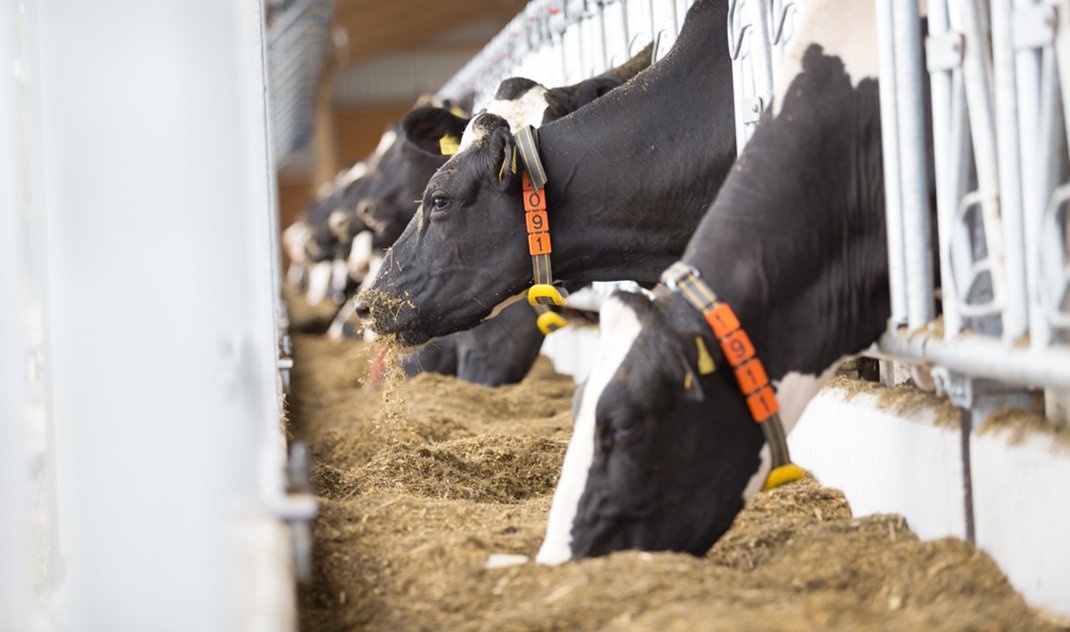As the use of artificial insemination gain ground in modern dairy farms importance of accurate heat detection is becoming more important for the profitability of agriculture. You can get more information about the heat detection of cows at https://www.lic.co.nz/products-and-services/automation/protrack-heat/.
Traditional heat detection methods rely on visual observation of heat-related behavior displayed by utilizing AM-PM cow see the schedule – the cows were observed for half an hour twice a day, once in the morning and once at night.
The average accuracy of visual observations is about 40% due to the fact that the detection of heat visuals that requires expertise, heating short prevalent and may fall between observation, most of the heat takes place between midnight and 6 am when there was no one to see them, among others. Obviously the level of accuracy leaves much to be desired.

Image Source: Google
Inefficiency visual observation led to the assimilation of some kind of solution to the problem of heat detection. This heat detection aids can generally be divided into three categories: the installation of sensors that provide an indication of the cow in heat get fitted by a cow, the other protocol time synchronization hormone heat cycle cow, and electronic heat detection aids.
Tail painting and mount the sensor provides an indication to the farmer if the cow has been mounted by another cow (typical heat-related behavior) and because it was in the heat. This method does not provide a marked improvement in the accuracy of the detection of heat.